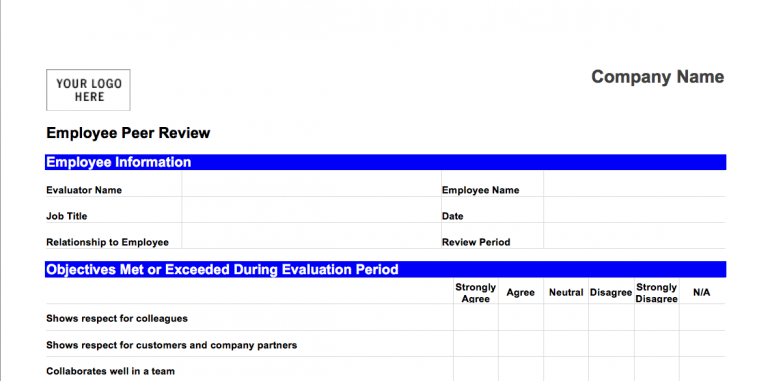[fusion_builder_container hundred_percent=”yes” overflow=”visible”][fusion_builder_row][fusion_builder_column type=”1_1″ layout=”1_1″ background_position=”left top” background_color=”” border_size=”” border_color=”” border_style=”solid” spacing=”yes” background_image=”” background_repeat=”no-repeat” padding=”” margin_top=”0px” margin_bottom=”0px” class=”” id=”” animation_type=”” animation_speed=”0.3″ animation_direction=”left” hide_on_mobile=”no” center_content=”no” min_height=”none” last=”no” hover_type=”none” link=”” border_position=”all”][fusion_text]
Cultivating Good Customer Service Skills
Recently, I came across an article entitled “75 Customer Service Facts, Quotes & Statistics.” Some of the statistics were mind-blowing, and really emphasized the need to cultivate good customer service skills in your employees. Poor customer service cost. What’s sad about it is that many businesses aren’t even aware of the issues, because the customer simply doesn’t return without expressing their dissatisfaction.
The article was filled with negative statistics. However, I found one statistic particularly up lifting.
80% of Americans agree that smaller companies place a greater emphasis on customer service than large businesses.
Many small businesses have difficulties competing with the big box stores when it comes to price. But as I mentioned, having the lowest price in town shouldn’t be your competitive advantage. The statistics on customer service emphasizes that point.
Customers acknowledge the way they were treated at a business with repeat business, or in many cases, simply not returning. You can use this knowledge to your advantage. With many businesses taking a “No-customer-service” attitude, you can make your company stand out positively and not only increase the chances of customers returning, but also increase your customer referral rate.
Customer Service Skills to Develop
I went on a Royal Pains marathon this month. In season 4, a doctor severely lacking in social skills came on board. Though every scene he was in was filled with awkwardness, he eventually learned how to “handle” people. The result? He was able to achieve what he desired… to a certain extent. For a business, the desired result of excellent customer service is repeat business. So, let’s talk about areas of improvement to lead to better customer service skills.
Empathy
Empathy is the most important skill to get a better understanding of customers. When I think of being empathic, two areas come to mind. First, realize customers what to feel important. When they do business with you and/or your employees, they want to know that you value them and their business. Make your customers the star of the show. Greet them when they enter and acknowledge their need for assistance. Put yourself in their shoes and you’ll realize there are few things worse than being the ignored customer.
Secondly, customers are looking for the benefits a feature will offer… not necessarily the feature itself. You and your employees are selling BENEFITS, not features. To understand your customers’ needs takes a bit of inquiry. Ask them what their intentions are with the product or service they’re looking to purchase. Only by truly knowing what their needs and wants are will enable you to offer the right product or service to your customer.
Positive Language
Few people like to be wrong… or worse, called on it. Most often employees do not intend to hurt their customers, but can appear rude with opposing attitudes, verbiage, and tone. Even if you think you know what the customer really wants, there’s a right way and a not so ideal way of going about doing it.

The salesperson took me out to a car and I hopped in. It happened to be a manual, which took me back to my very first car (the one I had before the Corolla), which was a Tercel. It was so wonderful to shift the stick. Really, I loved the feeling. I was all smiles and praise.
Now keep in mind, I’m not very savvy when it comes to cars. You tell me something about the car, and I’ll believe it. We got out and he revealed it was not a Camry, but a Corolla he’d shown me, because they didn’t have Camry’s on their lot that day. He wanted to show me I’d be happy in the Corolla. I was so angry he duped me, I gave him a piece of my mind and left. In actuality, I wouldn’t have gotten back into a Corolla. However, I’d been considering brands other than Toyota, which he could have sold me.
The moral? Rather than taking a stance that the customer is opting for the wrong solution, make subtle suggestions. “Have you seen X model…” You can increase your customers’ shopping experience by combining suggestions with explanations of how the product or service will benefit their unique situation, as mentioned in the Empathy section.
Be Patient with Customers
To the customer, you and your employees are the expert. In reality, maybe you are… maybe you’re not. In either case, being the assumed expert means you’ll likely encounter clueless customers, seeking your guidance. Or even know-it-all customers who are looking to show you how much you don’t know. Regardless, working with customers can require patience above all other skills.

In many cases, frustration and lack of patience go hand in hand. One of the techniques I use to deal with frustrating situations is to deal with my mindset. Sometimes the lack of patience has nothing to do with the customer at all. Dealing with external causes that are causing you stress in a timely manner can help you put on the face you need for your customers. Easier said than done, right?
For the more “difficult customer” understanding it may be a break in communication that’s causing the strain. Diffuse situations or even up your empathy game by asking, “What would be the ideal outcome for you?” Once you have a starting point, you can work from there.
What’s Next?
We covered a lot in this article, and I don’t want to overwhelm you in one sitting. However, I do want to say that it’s your responsibility as the leader of a business to help cultivate customer service skills within your company. It starts with you. Set the example and be a model for your employees, but don’t start there. Articulate clear customer service policies and provide techniques for dealing with customers. Don’t be afraid to role play situations you’re employees may encounter. The more prepared they are, the better they will be when it comes to dealing with your valued customers.
Stay tuned for the next article and we’ll talk a bit more about cultivating good customer service skills.[/fusion_text][/fusion_builder_column][fusion_builder_column type=”1_1″ layout=”1_1″ background_position=”left top” background_color=”” border_size=”” border_color=”” border_style=”solid” spacing=”yes” background_image=”” background_repeat=”no-repeat” padding=”” margin_top=”0px” margin_bottom=”0px” class=”” id=”” animation_type=”” animation_speed=”0.3″ animation_direction=”left” hide_on_mobile=”no” center_content=”no” min_height=”none” last=”no” hover_type=”none” link=”” border_position=”all”][fusion_tagline_box shadow=”no” shadowopacity=”0.7″ border=”1px” highlightposition=”top” content_alignment=”left” link=”https://backboneamerica.com/work-with-me” linktarget=”_self” button=”Explore your strategies” title=”Customer retention saves money” description=”Develop a plan that works” animation_type=”0″ animation_direction=”down” animation_speed=”0.1″ /][fusion_text][fusion_separator style_type=”shadow” hide_on_mobile=”small-visibility,medium-visibility,large-visibility” class=”” id=”” sep_color=”” top_margin=”” bottom_margin=”” border_size=”” icon=”” icon_circle=”” icon_circle_color=”” width=”” alignment=”center”][/fusion_separator]







